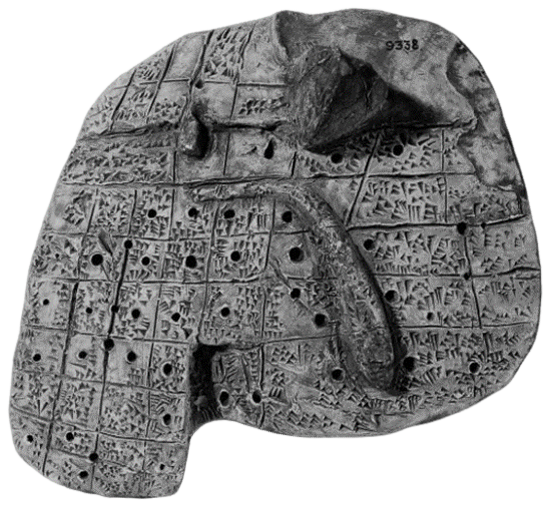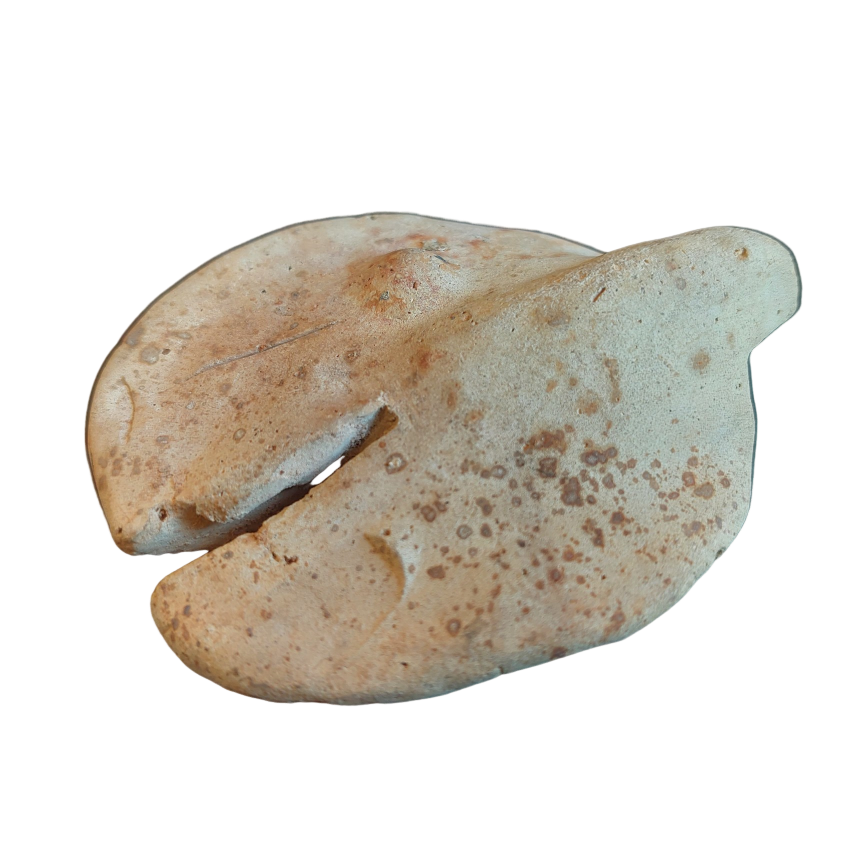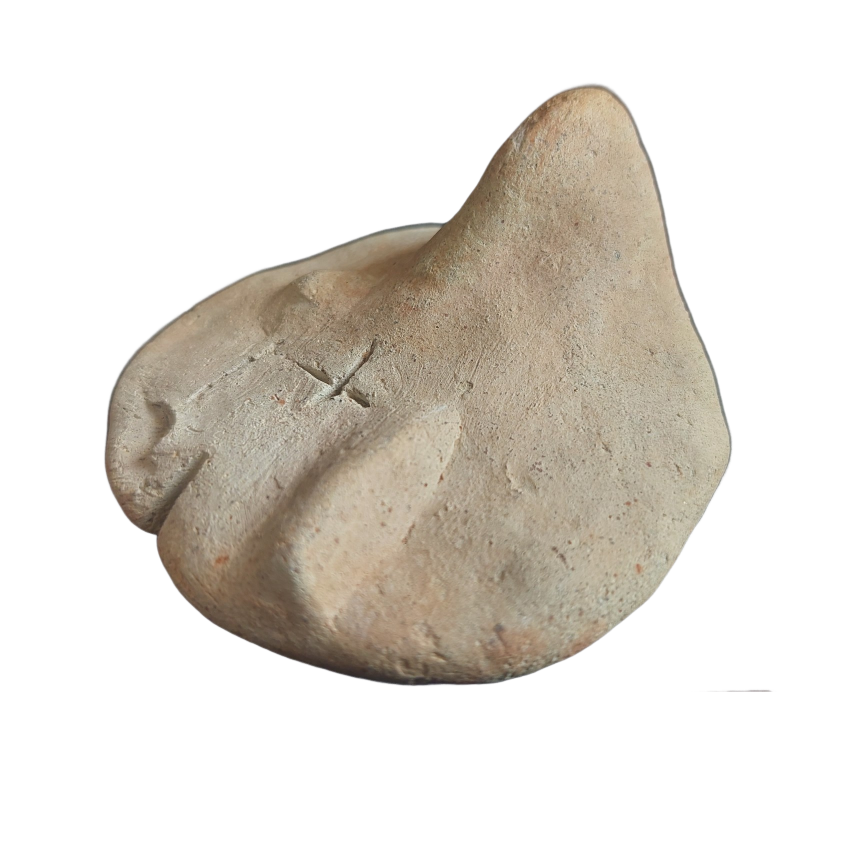


What will the Future bring: Liver models
About the exhibition
In the ancient Near East, people believed strongly in divination, the art of interpreting various signs in nature. They were convinced that it was possible to determine the wishes of their gods and act accordingly to lead a peaceful life. For them, the will of the gods could be revealed through different means: the movement of clouds in the sky, the flight of birds, the way flour reacted with water, or the shape of smoke. By interpreting these signs, they could act according to divine will, choosing favorable and fortunate moments for their undertakings - whether it be a king's military expedition or the purchase of a new slave for a private household. This approach was also thought to help avoid misfortunes such as disease, accidents, poor harvests, storms, and other calamities.
One of the most popular methods of divination in antiquity was the liver divination, which involved a thorough exam of a sheep liver. Priests were trained to check at least three different parts of the liver, which were all associated to certain indications. If even one of them produced a negative result, the sacrifice and the divination had to be repeated.
Large liver models with inscriptions in cuneiform script were used as training material, and ancient temple and palace libraries held collections of famous oracles.
